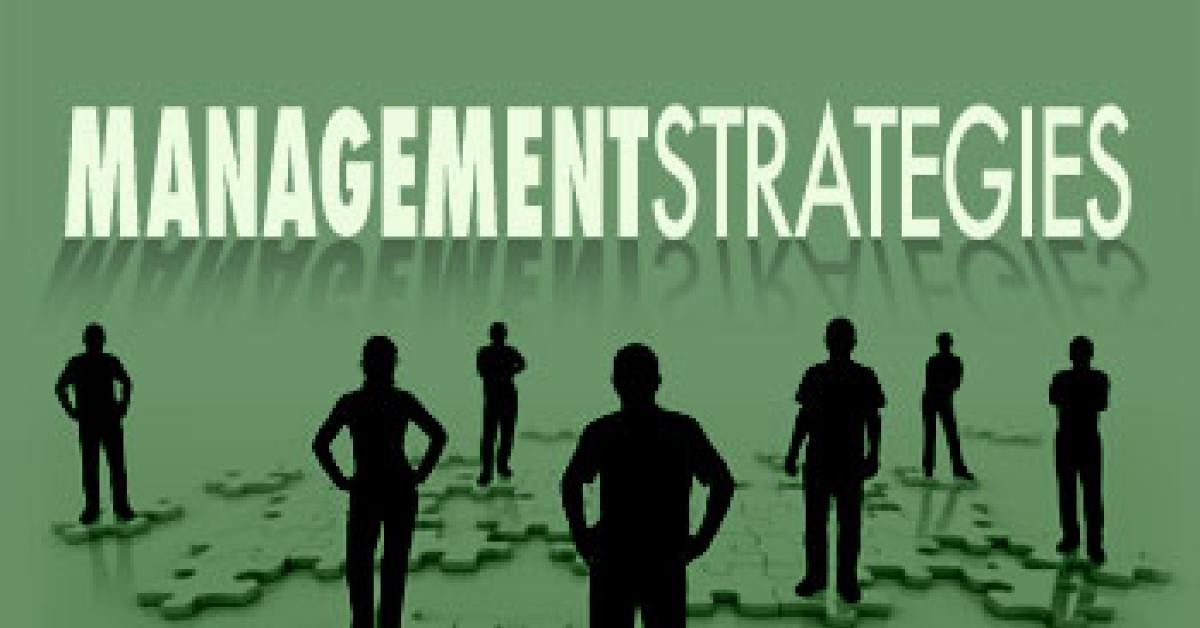SAN FRANCISCO — Beginning a new year provides an opportunity for fresh initiatives that will impact your company’s health and profitability for years to come. It is a good time to review what has happened in the past, both good and bad, and to envision how to build on that knowledge for a continually improving future.
A common objection to doing this work—and it is definitely an exertion of extra effort—is some variation of “I am happy with the current performance” or “I am planning to sell, so there is no need to change.” If either one of these sounds familiar, just remember that if you are not selling your business, you are “buying” your company back every day and it needs to provide you an ongoing return on your substantial and ongoing investment.
Simplistically, profit can grow by increasing the revenues, decreasing the expenses as a percent of revenues, or a combination of both. If you are interested in making more profit, the following list incorporates some of the steps you can take to achieve that goal.
YEAR-END STATEMENTS OF VALUE
Give each member of your team a 2015 year-end statement of the value of their total package of wages, incentives, taxes and benefits. Although this is not the most important thing you can do to increase profit, it is easy to do now during year-end accounting closeout, and is information you already have from payroll.
It doesn’t increase their take-home pay, but it does give them a better appreciation for their value to the company, and their bragging rights surge. They also better understand what the benefits you provide would cost them if they had to pay themselves or replace them with another employer who may not offer as much.
This information-sharing process has consistently resulted in better employee retention, which is difficult to value exactly but can be a huge cost savings to the company.
CAREFULLY REVIEW 2015 P&L NOW
Finalize and carefully review your 2015 profit and loss now. Identify those areas that provide the greatest opportunity for profit improvement. Rank them in order from largest improvement to smallest and select the top three to five items for your focus. (Hint: Labor is consistently the No. 1 expense, followed by facilities.)
BENCHMARKING
Thoroughly compare your operating metrics to the industry averages and benchmarks. This process will direct your attention to the areas that can improve your labor and expense efficiency. For example, if your PPOH (pieces per operator hour) is 20% below the average and 40% below the benchmark, you can investigate why and how to improve it.
One change that has drastically improved PPOH is concentration on the pant-finishing process since pants are usually 25-40% of the total pieces in the plant. This improvement might come from better training of the operator for speed and touch-up minimization, but it is often provided by an equipment upgrade as well. If relevant in your plant, a combination could take you to benchmark status that saves significant hours of labor and probably eliminates a bottleneck in the process.
Another example might be route productivity improvement through GPS and logistics analysis to improve the sales per mile or the sales per driver hour. Sales per CSR hour can be improved by more efficient scheduling and by cross-selling.
CREATE DETAILED ACTION PLAN
Create a detailed action plan for each of the targets identified in your profit and loss review. Be focused on the value of the opportunity and be specific in the detail of the plan. It should include:
- The measurable goal (numbers are easily measured)
- The action plan, with each interim step listed and all of its elements clearly delineated
- Identification of who is accountable and responsible for the overall plan and for each incremental step
- Identification of when each step is to be completed
- Review points for refinement based on what is learned during implementation
- Formal review of results vs. the goal so the process can be refined for future efforts
VIDEO YOUR PRODUCTION PLANT ACTIVITY
Since labor is certain to be a major expense and one of your target items listed, start with any bottlenecks that have been identified.
A bottleneck can be a person who is underperforming, a flaw in layout that requires wasted movement, defective/inefficient equipment, or any factor that slows the process. Review the video in high-speed mode. It will quickly show you the outliers that need attention. Some of the innumerable things you should witness are:
- Who stands out as unproductive
- Who is doing too much walking
- Who is constantly socializing—in person or by phone—instead of working
- Who is idle and needs to be cross-trained
- Where the touch-up activity is caused
- Whether the manager is managing the hours worked or if the staff is managing their own hours to maximize pay
- If the supervisor is supervising or just doing the production work
- If the inspector is thorough
- If the spotter is using too many “Sorry” tags and disappointing the customers, thereby interfering with customer retention
Check back next Tuesday for several more steps to making 2016 more profitable!
Have a question or comment? E-mail our editor Dave Davis at [email protected].

